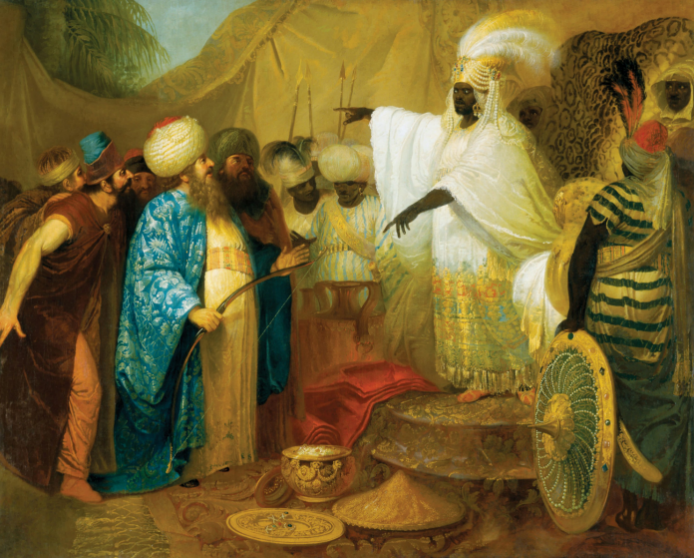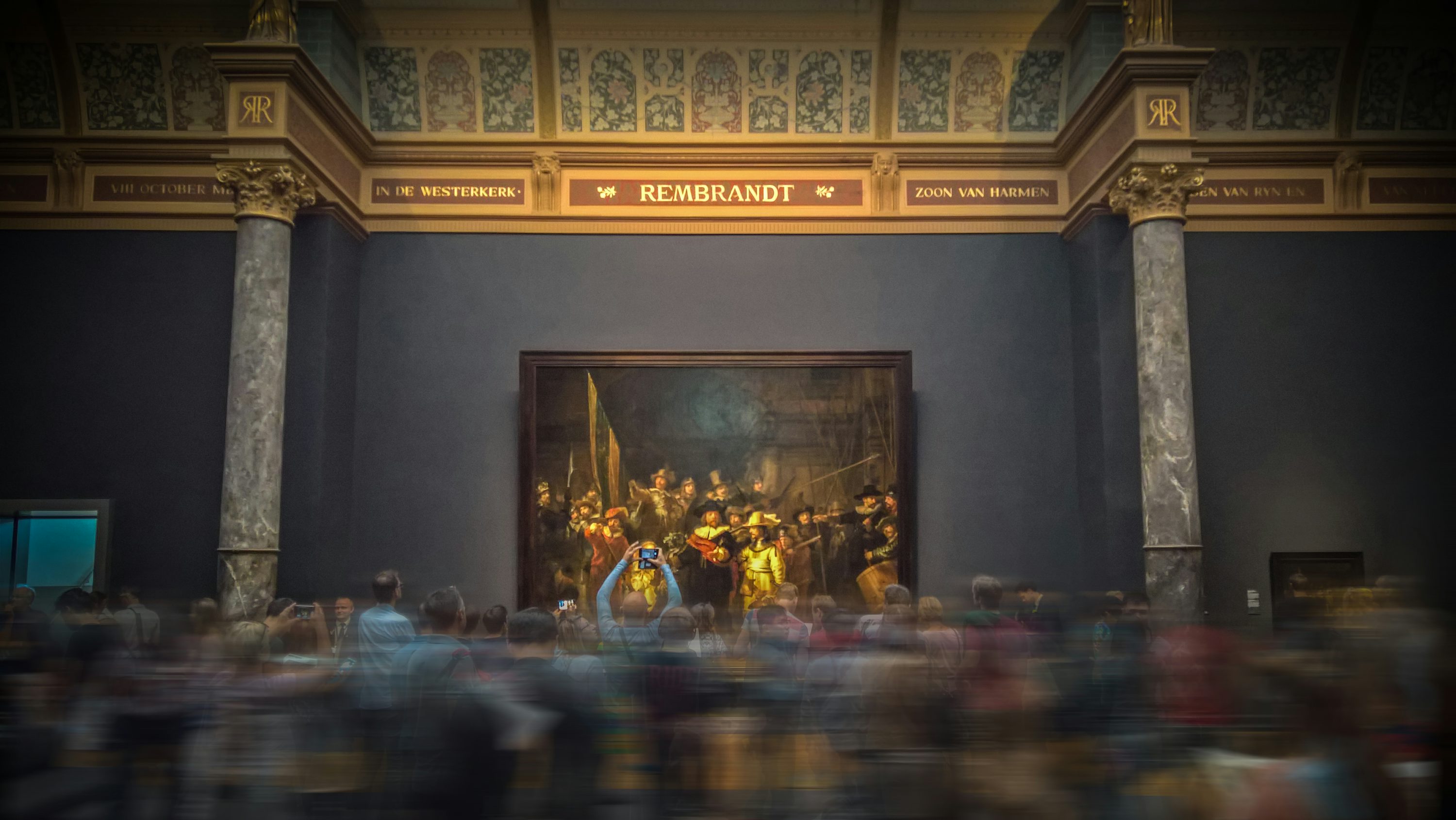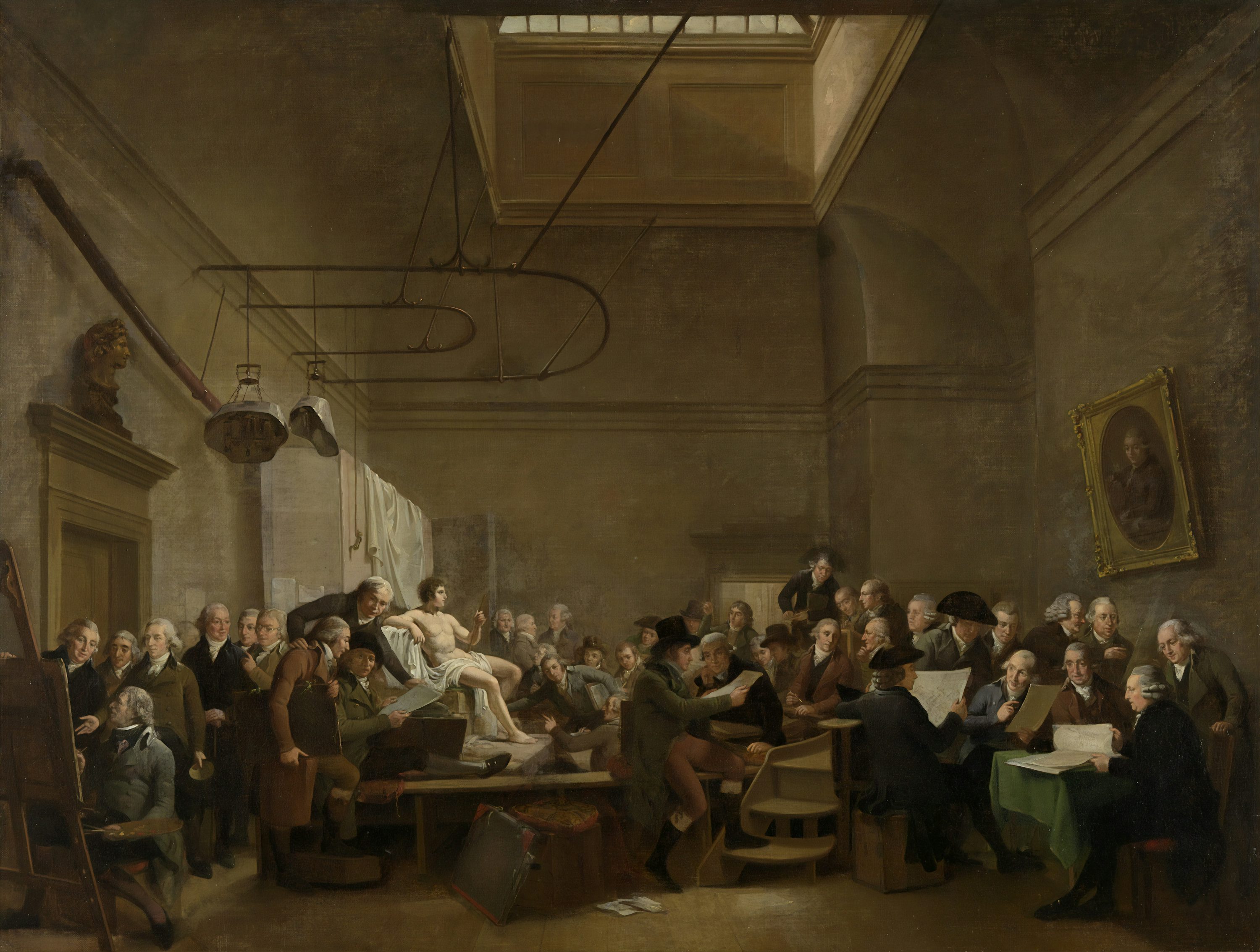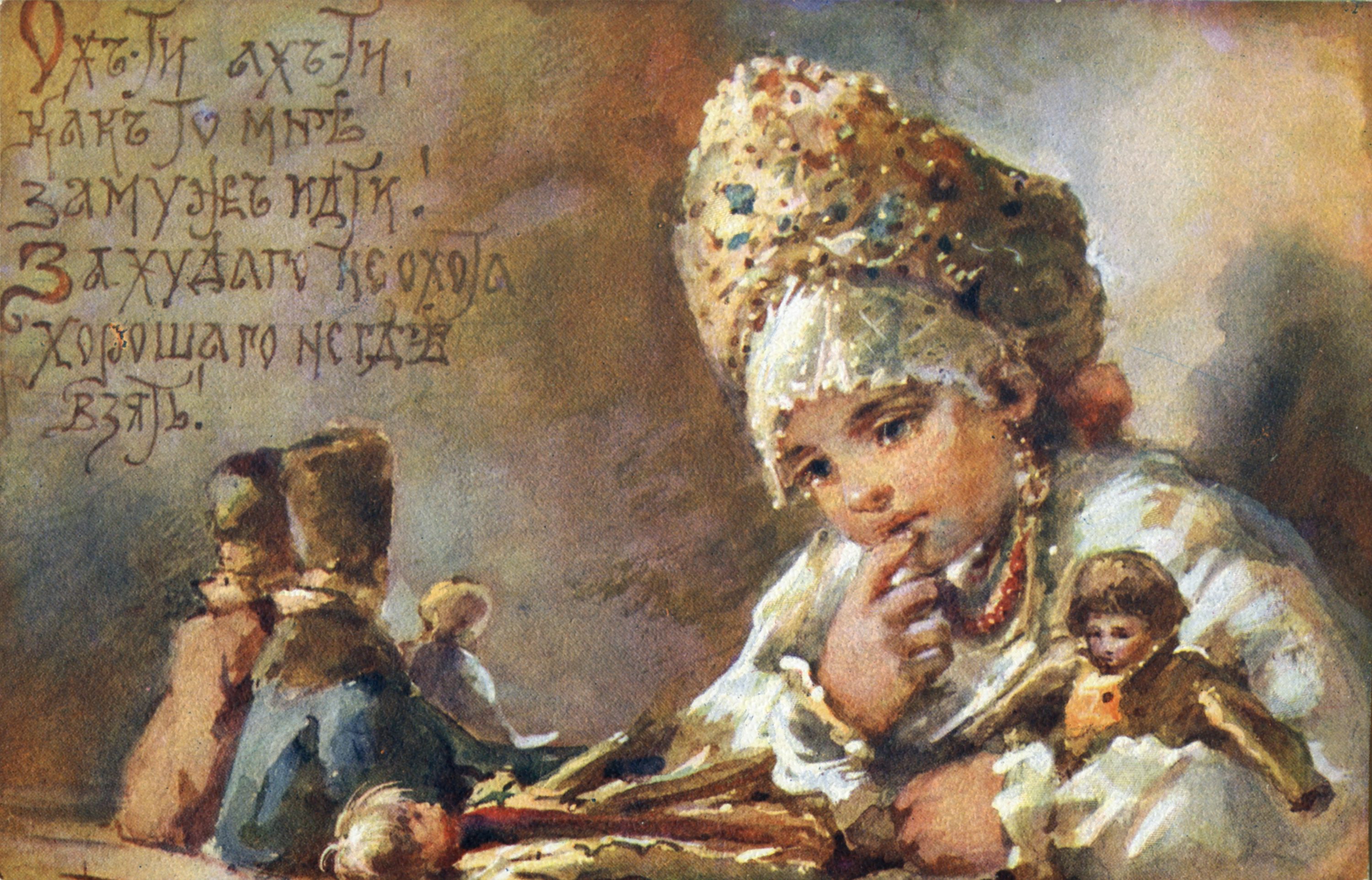In the long river of art, many famous paintings are not only visual feasts, they are like the whispers of time, quietly telling the ups and downs of financial history. From Renaissance Europe to the commercial wave after the industrial revolution, the details in famous paintings are like tiny pearls, which are connected in series with the bright necklace of financial development.
"Ambassadors" by Hans Holbein the Younger, the huge astronomical instrument behind the figure in the painting is amazing in its exquisiteness. It not only showed the progress of science and technology at that time, but also implied the relationship between financial calculation and precision. At that time, Europe was in the early stage of vigorous financial development, and banks and trade began to emerge. The pursuit of accuracy, like this astronomical instrument, became the cornerstone of financial transactions. The gorgeous costumes of the characters in the painting are inlaid with silk and jewelry, which is behind the prosperity of transnational trade and the financial capital promoting the circulation of goods and the accumulation of wealth. Italian banking families, such as Medici family, gather the wealth from all over Europe through a complex financial network, and finance the development of art and commerce. The characters in Ambassadors may be the beneficiaries or participants of this financial prosperity, and their images have become a powerful witness that financial influence permeates all walks of life.

Rembrandt's "Night Patrol" is dominated by military themes, but the commercial prosperity of Amsterdam is faintly visible in the background. Amsterdam in the 17th century was the frontier of financial innovation, where stock trading gradually flourished. With the rise of the citizen class, the wealth in their hands has been increased through financial means, which in turn feeds back artistic creation, enabling artists such as Rembrandt to display their talents. The costumes of the characters in the painting are still gorgeous, and what is more noteworthy is the social background they represent behind them. The establishment of Amsterdam Stock Exchange marks the embryonic form of modern financial market. Citizens participate in stock trading and share the dividends of business development. From their confident expression, we seem to see the social vitality and opportunities brought by finance.

Carlos Grubel's "Stock Exchange" directly moved the financial transaction scene into the canvas. In this painting, people are bustling and businessmen are busy walking, talking and trading. The painting records the warm atmosphere of financial activities in that era in an almost realistic way. With the diversification of financial instruments, stocks and bonds have become new ways to increase wealth, and the stock exchange is the central stage of these financial activities. The dynamics and expressions of the crowd are different, reflecting the complexity and variability of the financial market. Some people are ecstatic because of the success of the transaction, while others are worried because of market fluctuations. This painting makes us intuitively feel that the charm and risks of the financial market coexist. It is like a huge whirlpool, attracting countless people to join it, and behind it, the financial system is constantly developing and improving, pushing the wheels of the economy forward.

These famous paintings, through delicate brushwork and careful composition, depict a wonderful chapter in financial history for us on a silent canvas. They enable us to get a glimpse of the face of finance in the past and understand how finance interweaves with art and society in the course of history, and jointly shapes today's complex and diverse world.





